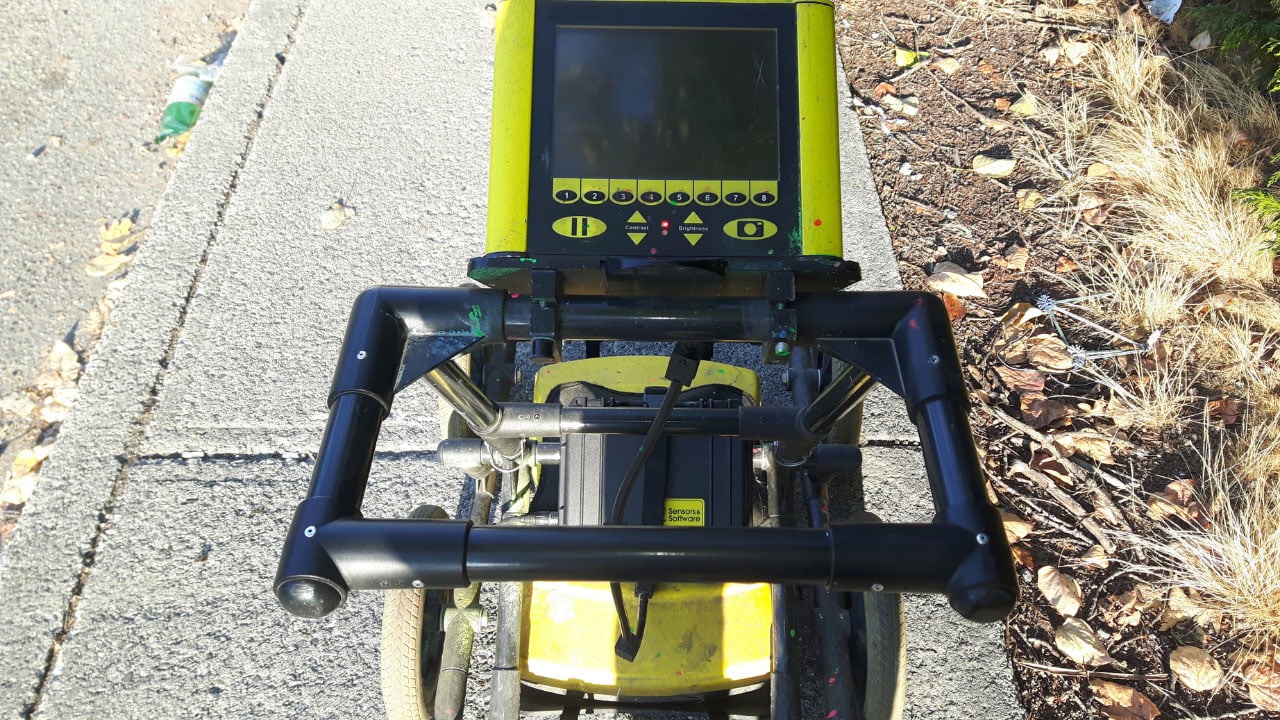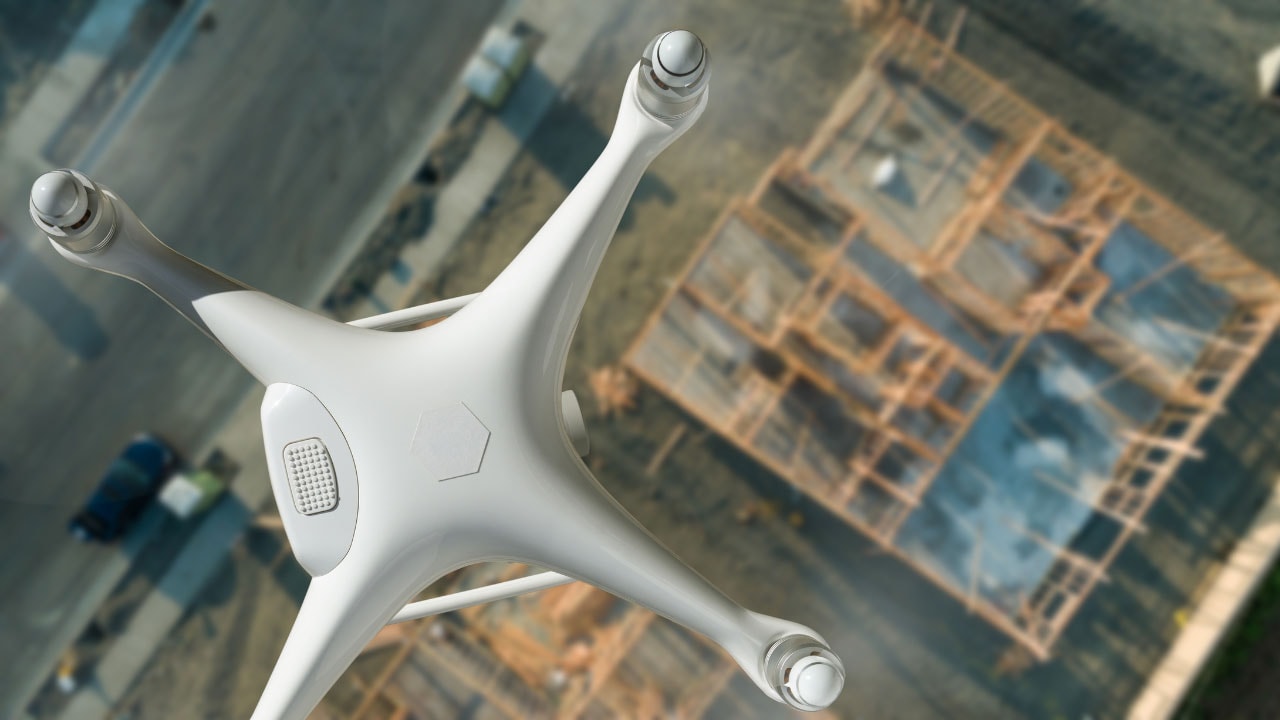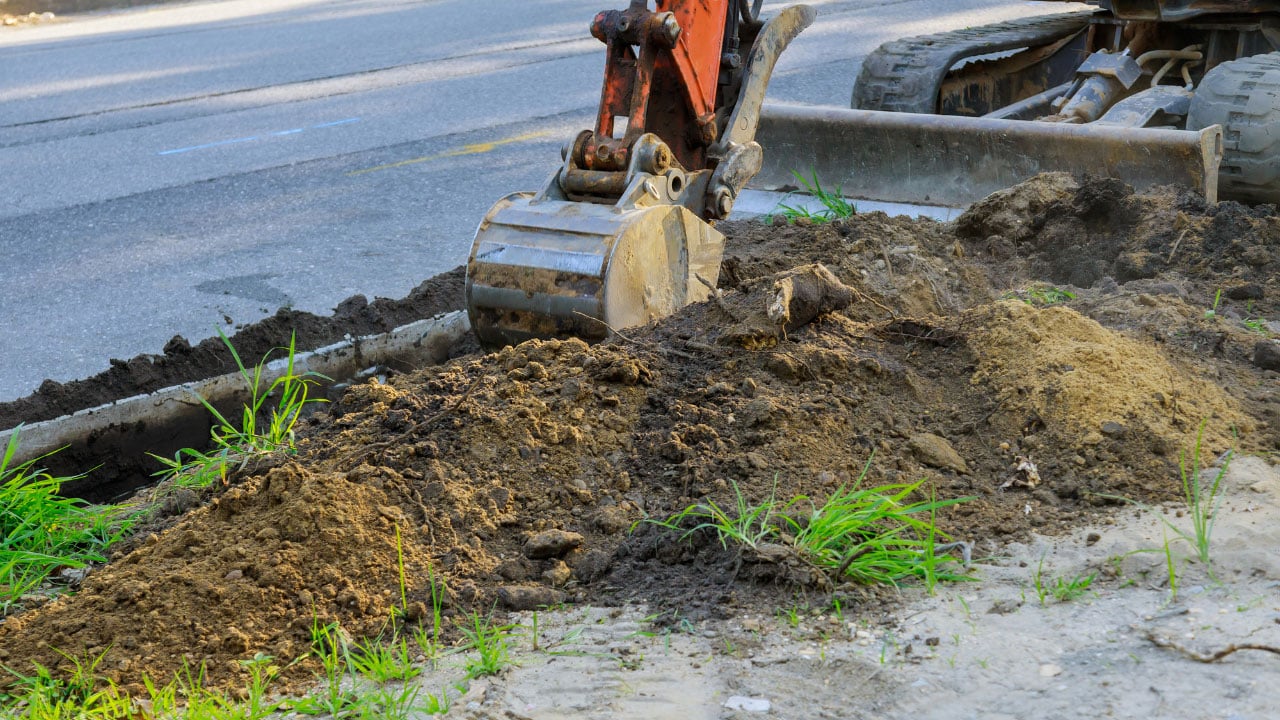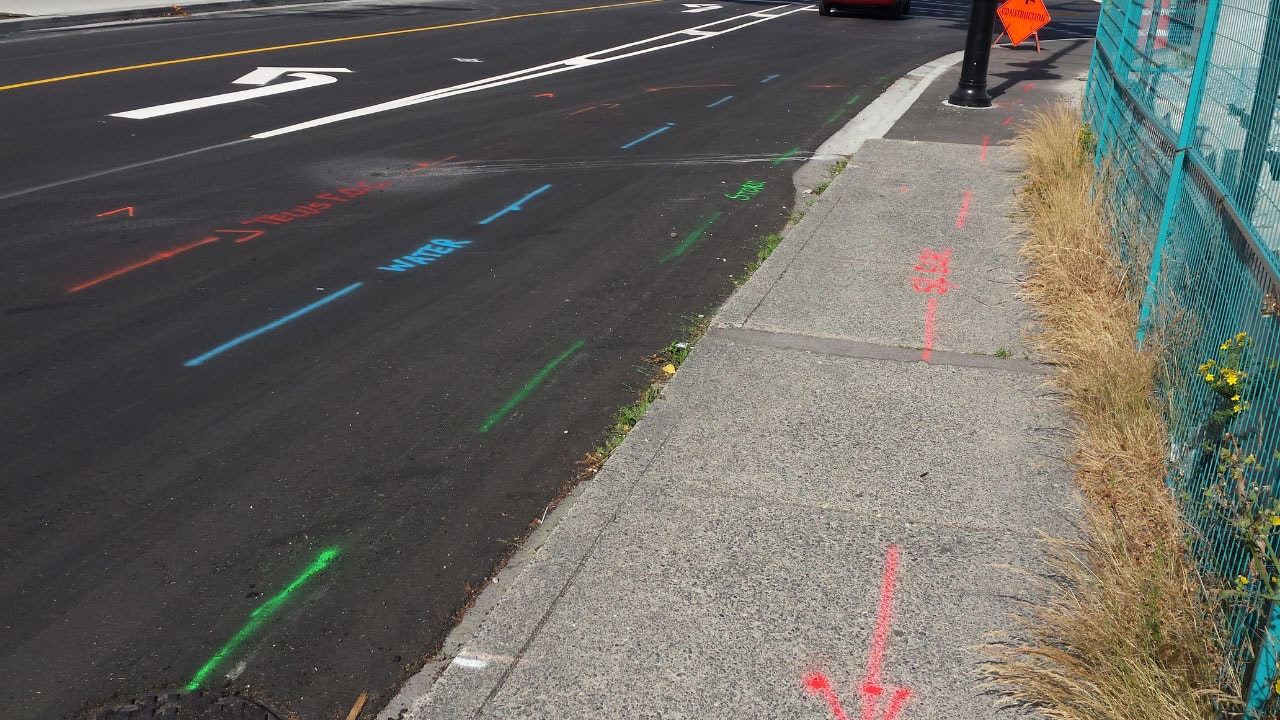Key Takeaways:
- Ground-penetrating radar (GPR) is a non-invasive tool for identifying and assessing environmental hazards like underground storage tanks, contaminated soil, and buried waste.
- Applications of GPR in environmental projects locate underground storage tanks, detect contaminated soil, and help find buried waste.
- Proper planning ensures a successful survey. During the survey, use a grid pattern, adjust settings, and monitor data quality. Analyze the data carefully for accurate hazard identification.
- GPR is non-invasive, offers high-resolution images, is versatile for various environments, and is cost-effective compared to invasive methods.
- Effectiveness is limited by depth and soil conditions. Data interpretation requires expertise and environmental regulations must be followed.
Environmental hazards pose significant risks to both the environment and human health. Effective detection and management of these hazards are crucial for maintaining safe and sustainable environments.
One of the most powerful tools in this field is ground-penetrating radar (GPR). In combination with utility locating services, GPR provides a comprehensive method for identifying and assessing environmental hazards.
This blog will explore how GPR works, its applications in detecting environmental hazards, and best practices for utilizing this technology.
Let’s Define Ground-Penetrating Radar
Ground-penetrating radar is a non-invasive geophysical method that uses radar pulses to image the subsurface.
It is widely used in various industries, including environmental science, construction, and archaeology. GPR is particularly valuable for detecting underground anomalies without the need for excavation.
How GPR Works
GPR operates by emitting radar waves into the ground. When these waves encounter different materials or objects, they reflect back to the surface and are detected by the GPR system.
The reflected signals are then processed to create a visual representation of the subsurface.
Applications of GPR in Detecting Environmental Hazards
Ground-penetrating radar is highly effective in identifying various types of environmental hazards. Below are some of the key applications of GPR in this field:
Detect Underground Storage Tanks (USTs)
Underground storage tanks (USTs) can pose significant environmental risks if they leak hazardous substances. GPR can locate these tanks and assess their condition.
- Leak Detection: Identifies potential leaks in storage tanks.
- Mapping Locations: Creates detailed maps of UST locations.
- Assessing Integrity: Evaluates the structural integrity of USTs.
Locate Contaminated Soil
Contaminated soil is a major environmental hazard that can affect ecosystems and human health. GPR is effective in identifying areas of soil contamination.
- Identifying Hotspots: Pinpoints areas with high levels of contamination.
- Determining Extent: Assesses the extent and depth of contamination.
- Monitoring Remediation: Tracks the progress of soil remediation efforts.
Detect Buried Waste
Illegal dumping and buried waste can lead to severe environmental damage. GPR helps in locating and assessing buried waste sites.
- Identifying Dump Sites: Locates illegal dump sites.
- Characterizing Waste: Determines the type and volume of buried waste.
- Assessing Impact: Evaluates the environmental impact of buried waste.
Best Practices for Using GPR in Environmental Hazard Detection
To maximize the effectiveness of ground-penetrating radar in detecting environmental hazards, it is essential to follow best practices. Here are some guidelines to ensure accurate and reliable results:
Pre-Survey Planning
Before conducting a GPR survey, thorough planning is crucial.
- Define Objectives: Clearly outline the goals of the survey.
- Site Assessment: Conduct a preliminary assessment of the survey site.
- Equipment Selection: Choose the appropriate GPR equipment for the task.
Conduct the Survey
During the survey, adherence to best practices ensures high-quality data collection.
- Grid Pattern: Use a systematic grid pattern to cover the survey area comprehensively.
- Adjust Settings: Fine-tune GPR settings based on soil conditions and target depth.
- Monitor Data: Continuously monitor data quality during the survey.
Data Analysis and Interpretation
Accurate analysis and interpretation of GPR data are crucial for identifying environmental hazards.
- Data Cleaning: Remove noise and irrelevant data points.
- 3D Visualization: Create 3D models of the subsurface for better interpretation.
- Expert Review: Have data reviewed by experienced GPR analysts.
Advantages of Using GPR for Environmental Hazard Detection
Ground-penetrating radar offers several advantages over traditional methods of environmental hazard detection:
- Non-Invasive – GPR is a non-invasive technique, meaning it does not disturb the environment during surveys. This is especially important for sensitive or protected areas.
- High Resolution – GPR provides high-resolution images of the subsurface, allowing for detailed and accurate identification of hazards.
- Versatility – GPR can be used in various environments and conditions, making it a versatile tool for environmental hazard detection.
- Cost-Effective – Compared to invasive methods, GPR is a cost-effective solution for identifying and assessing environmental hazards.
Challenges and Limitations
While ground-penetrating radar is a powerful tool, it does have some limitations:
Depth Penetration
The effectiveness of GPR decreases with depth. Penetration depth depends on the frequency of the radar waves and the conductivity of the ground material.
Soil Conditions
Soil conditions, such as moisture content and soil type, can affect the accuracy of GPR data. High moisture levels can reduce the effectiveness of GPR.
Data Interpretation
Interpreting GPR data requires expertise and experience. Misinterpretation of data can lead to incorrect conclusions about the presence or absence of hazards.
Environmental Regulations and Compliance
Adhering to environmental regulations is critical when using ground-penetrating radar for hazard detection.
Regulatory compliance ensures that surveys are conducted ethically and legally, protecting both the environment and the surveyors.
Key Regulatory Bodies
- Environmental Protection Agency (EPA): Oversees environmental protection standards and regulations.
- Occupational Safety and Health Administration (OSHA): Regulates safety practices during environmental surveys.
- State and Local Agencies: Various state and local environmental agencies have their own regulations and guidelines.
Compliance Best Practices
- Understand Regulations: Stay informed about relevant regulations and guidelines.
- Document Procedures: Maintain detailed records of survey procedures and findings.
- Follow Safety Protocols: Ensure all safety measures are in place to protect surveyors and the environment.
Future Trends in GPR for Environmental Hazard Detection
The future of ground-penetrating radar in environmental hazard detection looks promising, with ongoing research and development aimed at further enhancing its capabilities. Some emerging trends include:
Autonomous GPR Systems
Development of autonomous GPR systems that can operate without human intervention, increasing efficiency and safety.
- Drones and Robots: Autonomous vehicles equipped with GPR can survey hazardous or inaccessible areas.
- Increased Efficiency: Reduces the need for manual labor and speeds up the survey process.
Machine Learning and AI
Integration of machine learning and artificial intelligence (AI) to improve data analysis and interpretation.
- Enhanced Data Accuracy: AI algorithms can identify patterns and anomalies more accurately.
- Predictive Analysis: Machine learning models can predict potential hazard zones based on historical data.
Environmental Monitoring Networks
Creating networks of GPR sensors for continuous environmental monitoring.
- Real-Time Monitoring: Provides ongoing data about environmental conditions and potential hazards.
- Early Warning Systems: Alerts stakeholders to emerging hazards before they become critical.
Stay Ahead with Cutting-Edge GPR Technology
Ensure the safety and sustainability of your projects with the latest in ground-penetrating radar technology. At Util-Locate, we offer comprehensive utility locating services that leverage advanced GPR capabilities to detect and manage environmental hazards.
Contact us today to learn how our expertise can benefit your environmental projects and keep you compliant with all regulations. Protect your site, your workers, and the environment with Util-Locate’s professional services.




